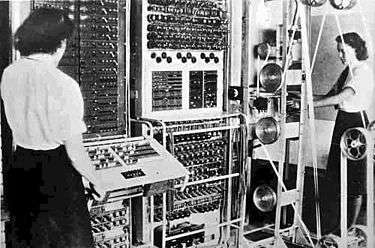Latest News for: colossus computer
Edit
Elon Musk’s xAI acquires X social media platform in a 33 billion dollar mega deal: Report
The Times of India 29 Mar 2025
The company has also been investing in expanding its computational resources, with its 'Colossus' supercomputer cluster in Memphis, Tennessee, being among the largest AI training facilities in the ...
Edit
Government in touch with X after Grok uses Hindi 'slangs and abuses'
The Times of India 20 Mar 2025
Edit
We asked Grok 3 to tell us more about Grok - and the results are fascinating
The Call 18 Mar 2025- 1


